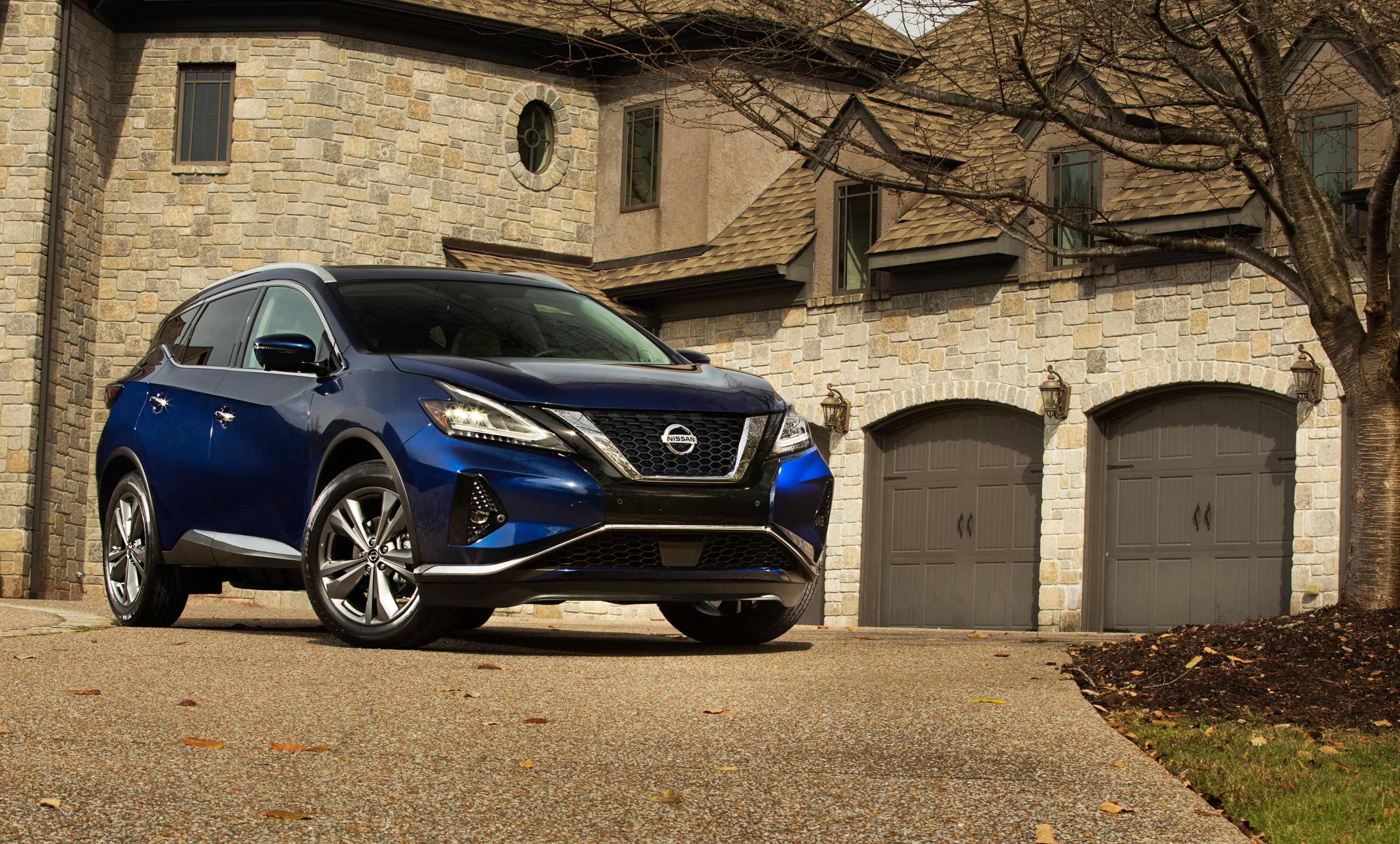
What makes life possible on this planet of ours also damages cars' exterior paint over time. The sun's rays can literally destroy a vehicle's paint after years of exposure, especially when vehicles are in certain parts of the country, such as Southern California. To prevent that from happening, automakers tend to invest a lot of time and money to find paint-preservation methods against UV rays. Take Nissan, for example. Its Detroit area-based engineering center has utilized the Xenon Weather-Ometer (XWO) testing tool that evaluates material durability in various climate conditions.
Nissan studied the effects of solar energy on exterior paint and other related materials by using a 4,000-watt Xenon light bulb designed to emit the same wavelengths of light as the sun.
These samples rotate around the Xenon bulb in order to imitate the earth's orbit in a controlled environment that shines light 24 hours a day – just like the sun does. Nissan engineers observed the paint samples through a series of cycles to investigate changes. The ultimate goal is to ensure top quality exterior paint for customers.
"In addition to rigorous real-world tests, this tool allows us to create harsh environments," said Doug Prytula, a technician for Nissan North America. "It is one more step we take to ensure Nissan's quality standards are second-to-none."
Engineers are able to bake 100 samples at a time in the XWO in order to speed up testing of not just paints, but also new plastics and other build components prone to sunlight damage. Even different shades of black and gray and numerous colors are tested to guarantee quality. This extreme testing will hopefully prolong the life spans of exterior paint and other materials so that owners won't have to deal with related problems in the years ahead. Exterior paint fading and damage is not cheap to repair.
